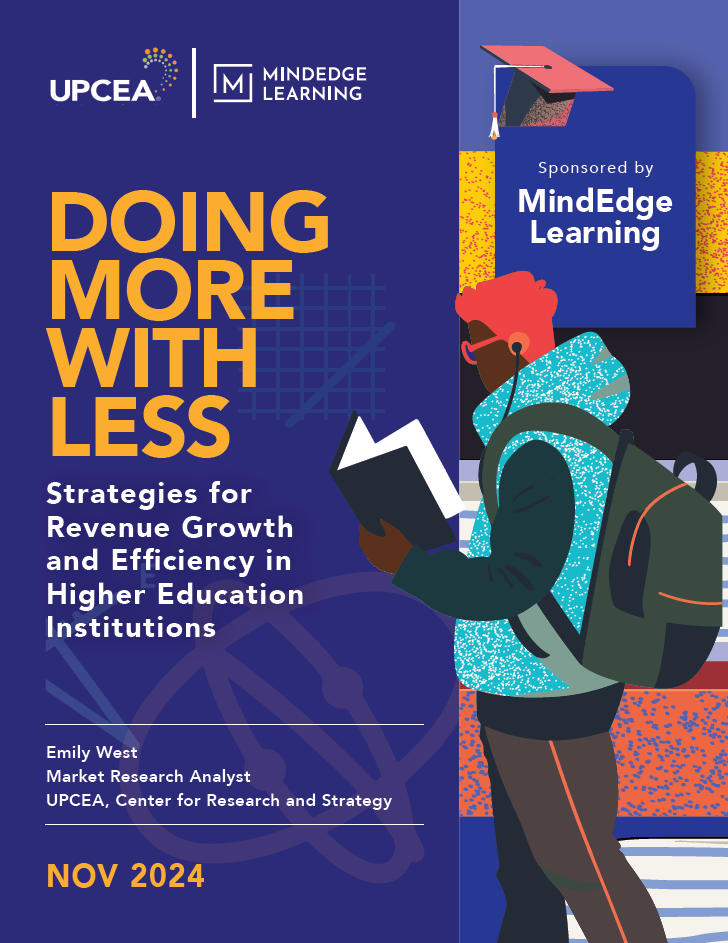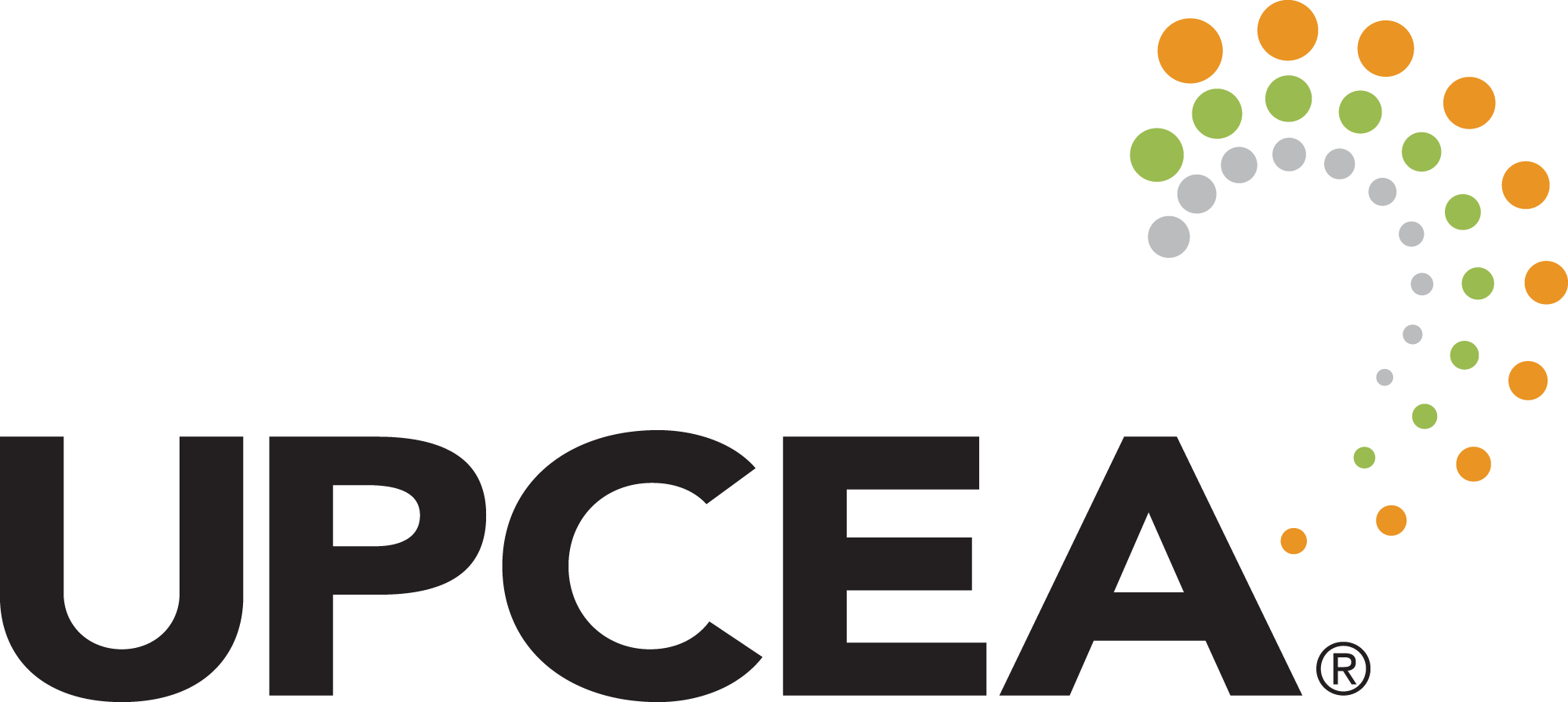Key findings highlight common challenges and solutions across institutions, such as the urgent need to innovate revenue strategies and improve operational efficiency amid financial and staffing limitations. Survey data indicates that institutions are primarily focused on expanding program offerings and diversifying revenue streams. However, limited financial resources present a significant barrier. Meanwhile, interview insights provide qualitative depth, revealing the real-time strategies that leaders are employing to navigate these challenges.

Key Survey Findings:
- Ninety-two percent of respondents reported that tuition and fees are the primary revenue source for their unit, with 42% also citing corporate partnerships, and 29% relying on government funding.
- All survey respondents stated that expanding program offerings has been their primary strategy for increasing revenue in their unit. Other successful strategies include enhanced marketing (79%) and the introduction of microcredentials (74%).
- Eighty-four percent of participants identified expanding program offerings as their unit’s top priority for growing revenue in the next 3-5 years.
- Seventy-eight percent identified limited financial resources as a barrier to generating new revenue streams, while 65% reported insufficient staffing. These same factors were also identified as the most significant challenges to improving operational efficiency of these units, with 63% of respondents citing both as barriers.
- Sixty-one percent of respondents use streamlined administrative processes as a key strategy for improving operational efficiency, while 48% utilize data analytics for thoughtful decision-making.
- Over half (56%) of respondents agree or strongly agree that their unit is high-performing, and 45% agree or strongly agree that their unit’s strategies have been influenced by other high-performing institutions.

About UPCEA
UPCEA is the online and professional education association. Our members are continuously reinventing higher education, positively impacting millions of lives. We proudly lead and support them through cutting edge research, professional development, networking and mentorship, conferences and seminars, and stakeholder advocacy. Our collaborative, entrepreneurial community brings together decision makers and influencers in education, industry, research, and policy interested in improving educational access and outcomes.
© 2024 UPCEA
